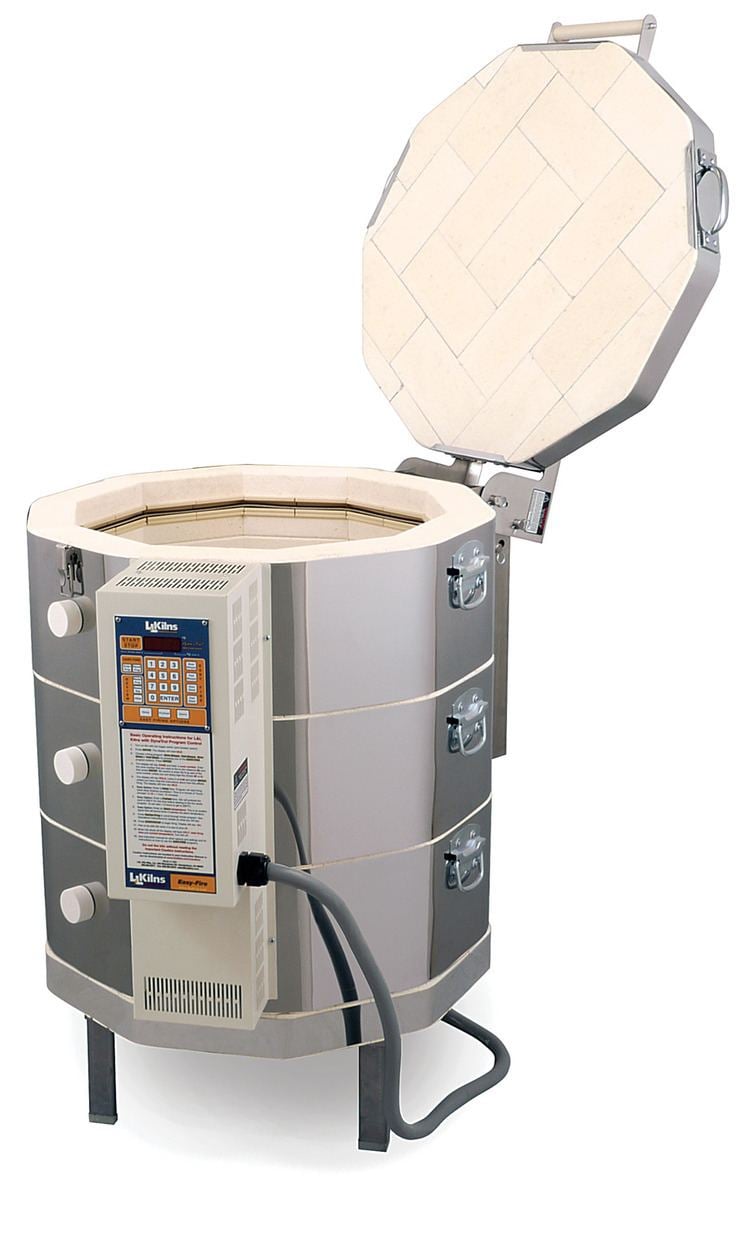 | ||
Similar Anagama kiln , Rotary kiln , Hoffmann kiln | ||
Working of a traditional brick kiln in india the fcbtk
A kiln (/kɪln/ or /kɪl/, originally pronounced "kill", with the "n" silent) is a thermally insulated chamber, a type of oven, that produces temperatures sufficient to complete some process, such as hardening, Drying, or chemical changes. Kilns have been used for millennia to turn objects made from clay into pottery, tiles and bricks.. Various industries use rotary kilns for pyroprocessing—to calcinate ores, to calcinate limestone to lime for cement, and to transform many other materials.
Contents
- Working of a traditional brick kiln in india the fcbtk
- Rotary kiln swf
- Etymology and pronunciation
- Uses of kilns
- Ceramic kilns
- Types of modern commercial kiln
- Traditional kilns
- Modern kilns
- Wood drying kiln
- References
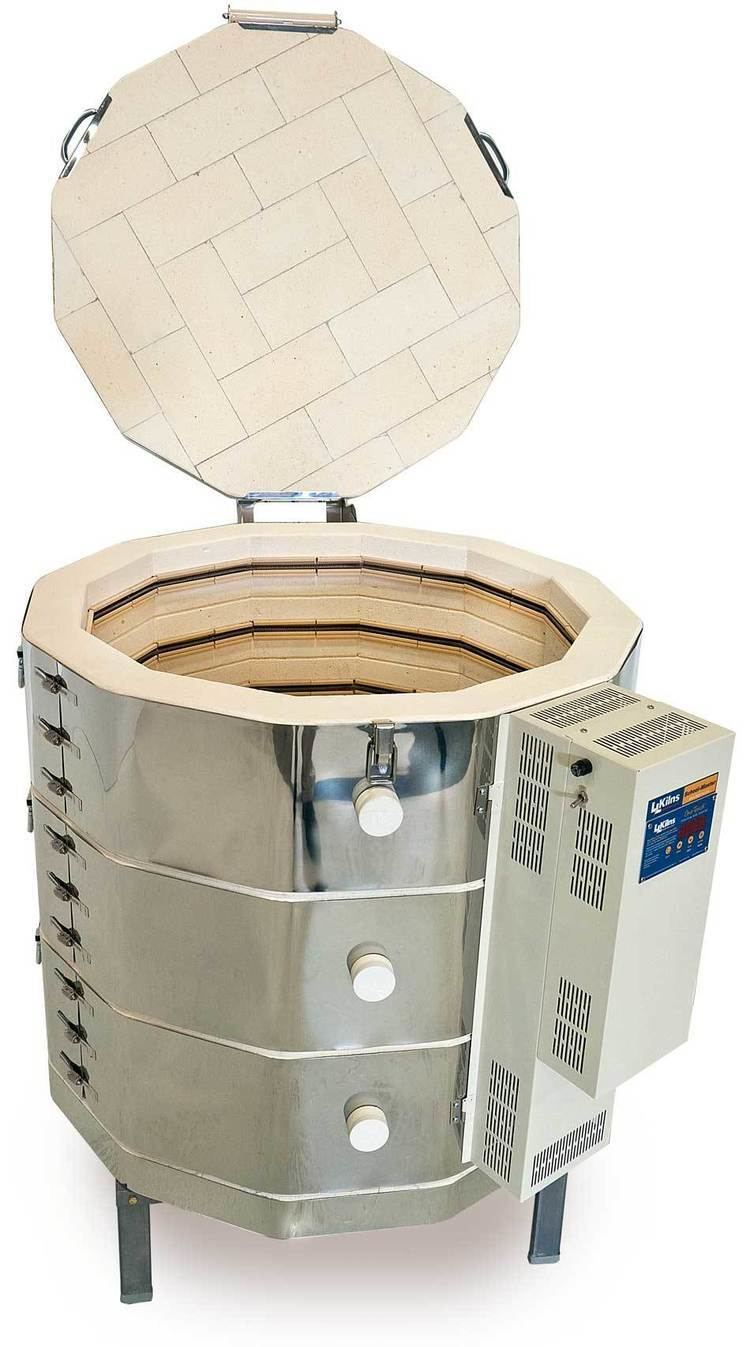
Rotary kiln swf
Etymology and pronunciation
The word kiln descends from the Old English cylene (/ˈkylene/, which was adapted from the Latin culīna 'kitchen, cooking-stove, burning-place. During the Middle English Period, the "n" was not pronounced, as evidenced by kiln having frequently been spelled without the "n", Another word, "miln", a place where wheat is ground, also had a silent "n". Whereas the spelling of "miln" was changed to "mill" to match its pronunciation, "kiln" maintained it spelling, which most likely led to a common mispronunciation, which has now become commonly used. However, there are small bastions where the original pronunciation has endured. Kiln, Mississippi, a small town known for its wood drying kilns that once served the timber industry, is still referred to as "the Kill" by locals.
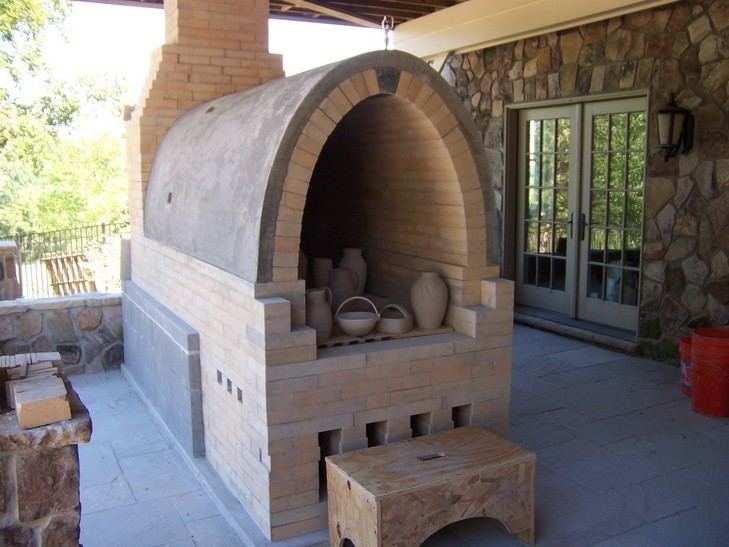
Unwittingly adding the "n" sound at the end of "kiln" is due to people being introduced to the word through the written language before ever hearing the actual pronunciation. Linguists call this phenomenon "reading pronunciation" where an incorrect pronunciation is read aloud, becomes widespread, eventually reported by dictionaries, and the "original pronunciation, passed from parent to child, mouth to ear, for many generations is lost."

Phonetically, the "ln" in "kiln" is categorized as a digraph: a combination of two letters that make only one sound, such as the "mn" in "hymn". From English Words as Spoken and Written for Upper Grades by James A. Bowen 1900: "The digraph ln, n silent, occurs in kiln. A fall down the kiln can kill you." Bowen was pointing out the humorous fact that "kill" and "kiln" are homophones. A homophone is a word that is pronounced the same as another word but differs in meaning, and may differ in spelling.
Uses of kilns
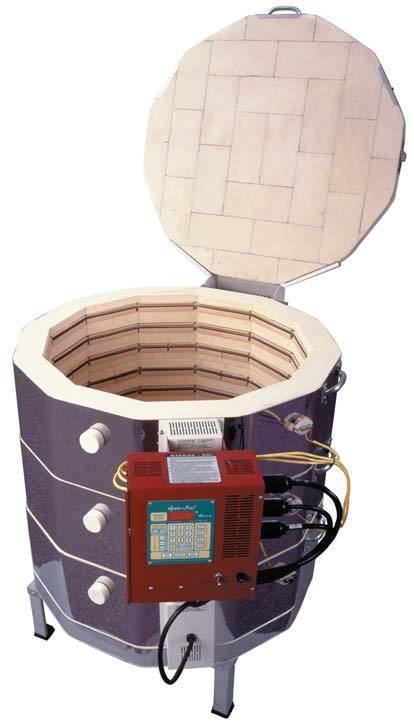
The earliest known kiln dates to around 6000 BC, and was found at the Yarim Tepe site in modern Iraq. Neolithic kilns were able to produce temperatures greater than 900 °C (1652 °F). Uses include:
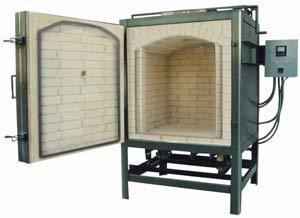
Ceramic kilns
Kilns are an essential part of the manufacture of all ceramics. Ceramics require heat at high temperatures so chemical and physical reactions will occur to permanently alter the unfired body. In the case of pottery, clay materials are shaped, dried and then fired in a kiln. The final characteristics are determined by the composition and preparation of the clay body, by the temperature at which it is fired. After a first firing glazes may be used and the ware is fired a second time to fuse the glaze into the body. A third firing at a lower temperature may be required to fix overglaze decoration. Modern kilns often have sophisticated electrical control systems to firing regime, although pyrometric devices are often also used.
Clay consists of fine-grained particles, that are relatively weak and porous. Clay is combined with other minerals to create a workable clay body. Part of the firing process includes sintering. This heats the clay until the particles partially melt and flow together, creating a strong, single mass, composed of a glassy phase interspersed with pores and crystalline material. Through firing, the pores are reduced in size, causing the material to shrink slightly. This crystalline material predominantly consists of silicon and aluminium oxides.
Types of modern commercial kiln
In the broadest terms, there are two types of kiln: intermittent and continuous, both sharing the same basic characteristics of being an insulated box with a controlled inner temperature and atmosphere.
A continuous kiln, sometimes called a tunnel kiln, is a long structure in which only the central portion is directly heated. From the cool entrance, ware is slowly transported through the kiln, and its temperature is increased steadily as it approaches the central, hottest part of the kiln. From there, it continues through the kiln, and the surrounding temperature is reduced until it exits the kiln nearly at room temperature. A continuous kiln is energy-efficient, because heat given off during cooling is recycled to pre-heat the incoming ware. In some designs, the ware is left in one place, while the heating zone moves across it. Kilns in this type include:
In the intermittent kiln. the ware to be fired is placed into the kiln. The kiln is closed, and the internal temperature increased according to a schedule. After the firing is completed, both the kiln and the ware are cooled. The ware is removed, the kiln is cleaned and the next cycle begins. Kilns in this type include:
Traditional kilns
Kiln technology is very old. The development of the kiln from a simple earthen trench filled with pots and fuel, pit firing, to modern methods happened in stages. One improvement was to build a firing chamber around pots with baffles and a stoking hole. This conserved heat. A chimney stack improves the air flow or draw of the kiln, thus burning the fuel more completely.
Chinese kiln technology has always been a key factor in the development of Chinese pottery, and until recent centuries was far ahead of other parts of the world. The Chinese developed effective kilns capable of firing at around 1,000°C before 2000 BC. These were updraft kilns, often built below ground. Two main types of kiln were developed by about 200 AD and remained in use until modern times. These are the dragon kiln of hilly southern China, usually fuelled by wood, long and thin and running up a slope, and the horseshoe-shaped mantou kiln of the north Chinese plains, smaller and more compact. Both could reliably produce the temperatures of up to 1300°C or more needed for porcelain. In the late Ming, the egg-shaped kiln or zhenyao was developed at Jingdezhen, but mainly used there. This was something of a compromise between the other types, and offered locations in the firing chamber with a range of firing conditions.
Both Ancient Roman pottery and medieval Chinese pottery could be fired in industrial quantities, with tens of thousands of pieces in a single firing. Early examples of simpler kilns found in Britain include those that made roof-tiles during the Roman occupation. These kilns were built up the side of a slope, such that a fire could be lit at the bottom and the heat would rise up into the kiln.
Traditional kilns include:
Modern kilns
With the industrial age, kilns were designed to use electricity and more refined fuels, including natural gas and propane. Many large industrial pottery kilns use natural gas, as it is generally clean, efficient and easy to control. Modern kilns can be fitted with computerized controls allowing for fine adjustments during the firing. A user may choose to control the rate of temperature climb or ramp, hold or soak the temperature at any given point, or control the rate of cooling. Both electric and gas kilns are common for smaller scale production in industry and craft, handmade and sculptural work.
Modern kilns include:
Wood-drying kiln
Green wood coming straight from the felled tree has far too high a moisture content to be commercially useful and will rot, warp and split. Both hardwoods and softwood must be left to dry out until the moisture content is between 18% and 8%. This can be a long process, or it is speeded up by use of a kiln. A variety of kiln technologies exist today: conventional, dehumidification, solar, vacuum and radio frequency.
The economics of different wood drying technologies are based on the total energy, capital, insurance/risk, environmental impacts, labor, maintenance, and product degradation costs. These costs which can be a significant part of plant costs, involve the differential impact of the presence of drying equipment in a specific plant. Every piece of equipment from the green trimmer to the infeed system at the planer mill is part the "drying system". The true costs of the drying system can only be determined when comparing the total plant costs and risks with and without drying.
Kiln dried firewood was pioneered during the 1980s, this was later adopted extensively in Europe due to the economic and practical benefits of selling wood with a lower moisture content.
The total (harmful) air emissions produced by wood kilns, including their heat source, can be significant. Typically, the higher the temperature the kiln operates at, the larger amount of emissions are produced (per pound of water removed). This is especially true in the drying of thin veneers and high-temperature drying of softwoods.
